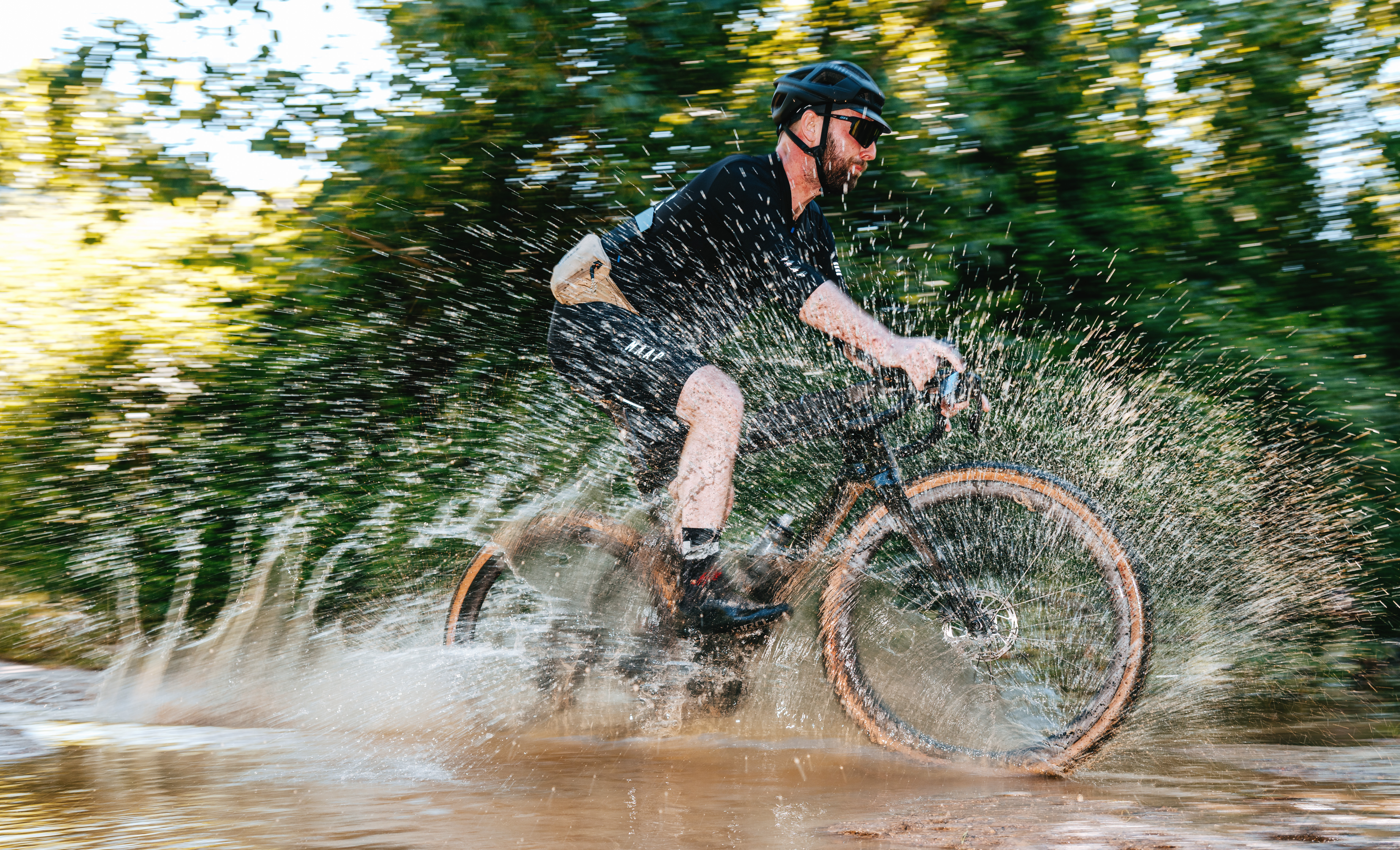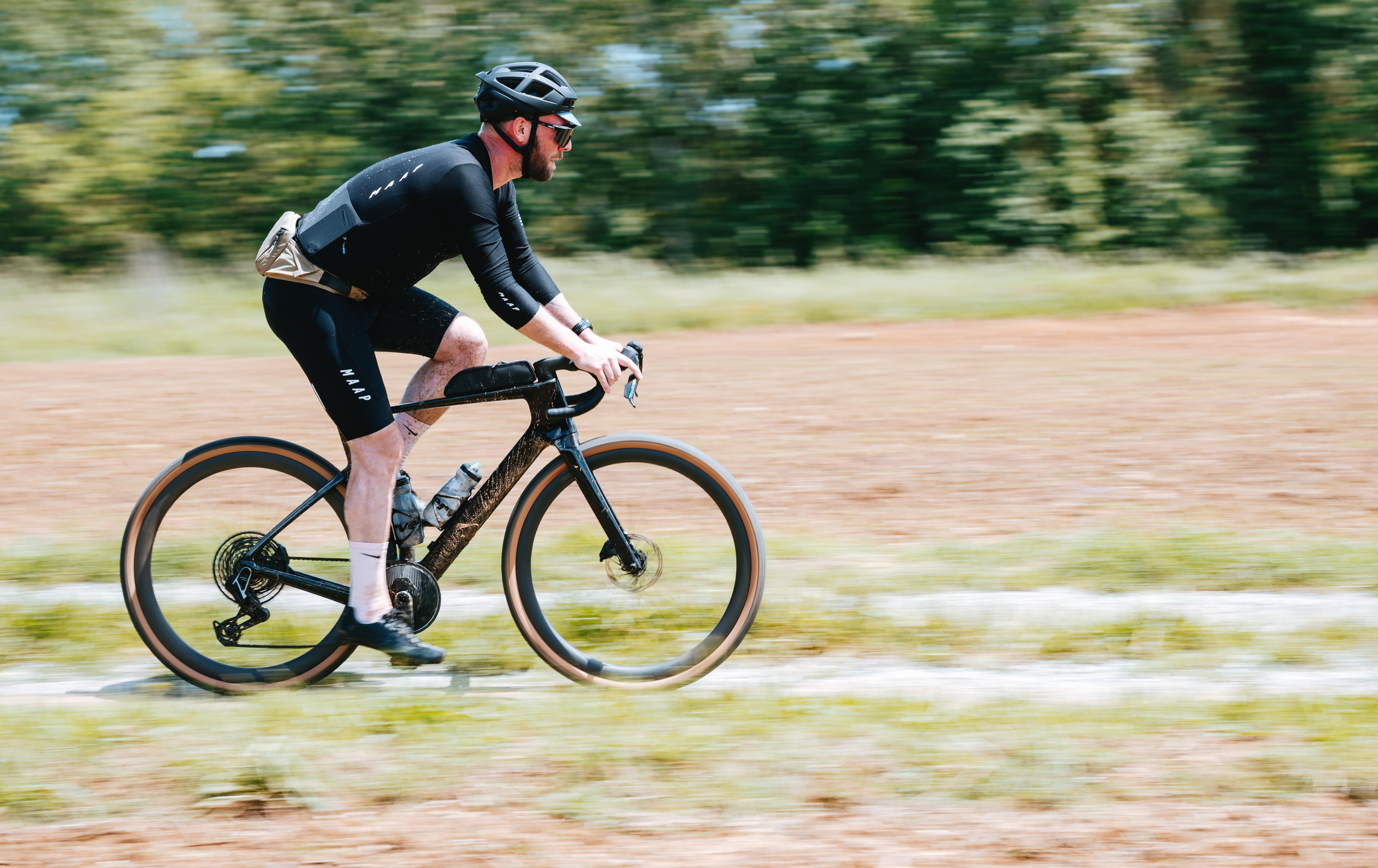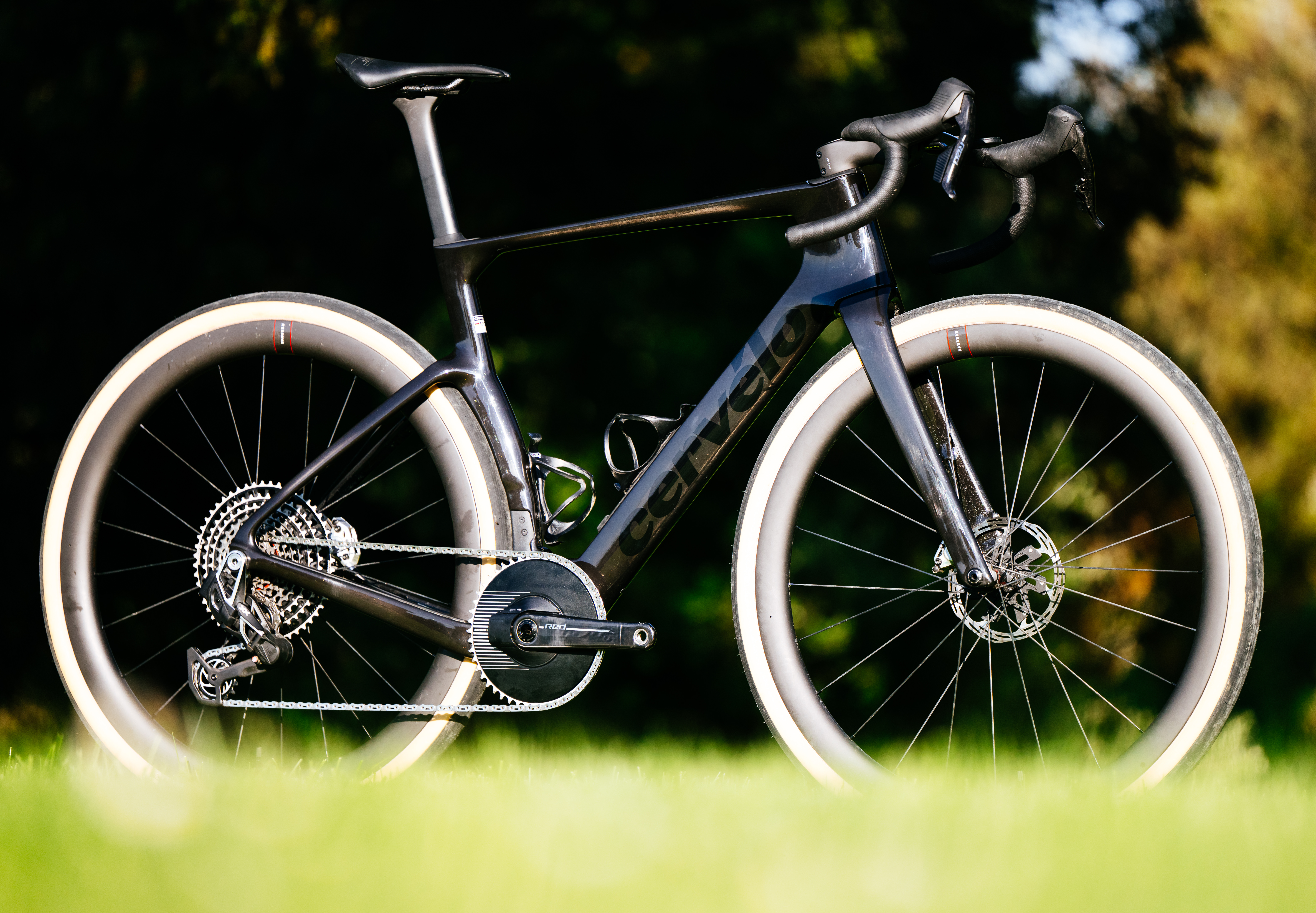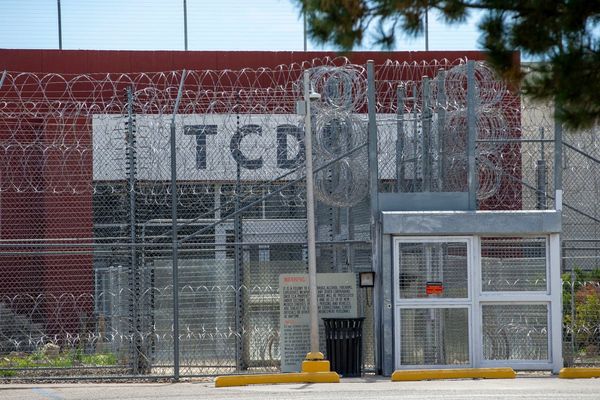
Cervelo just launched a bike so capable, and so fast, it’s left me wondering what the All-road category is even for now, and that’s not because this is intended to be a do-it-all bike, at all. It’s in fact designed around a very specific brief.
Gravel is getting faster, according to Cervelo. So this bike is optimised for what it says is the increasing race pace of events like Unbound Gravel, or 3Rides where, incidentally, Marianne Vos rode this new aero bike to victory just last week.
Aero is a factor in gravel races, even at speeds of 21-24mph, where it felt there was a wide open opportunity to study what fast looks like, and at those speeds. It claims, the new Aspero is 37 watts faster than the outgoing model, and 34 watts faster than one of the current best gravel bikes, the Ridley Kanzo.

But who cares? Gravel riding promised plaid shirts and after-ride drinks with your mates, in shoes you could walk to the bar in. Where we’ve landed, with this new discipline and this bike, couldn’t be further from that simplistic ideal.
I wanted to hate it. But I didn’t. Instead, it had me questioning the entire all-road category: when a bike this versatile can feel so planted and fast, while also being more practical than almost any other choice, wherever it seems to go.
Cervelo made it very clear that this was a gravel-race bike, for the kind of courses that we’re seeing now in UCI events. You could characterise that as hardpack, where speeds edge close to those on the road and the races finish in sprints. The bike needs to handle that use case, whilst also being as efficient as possible.
I get the premise, but I just wasn’t convinced by the concept before I rode it. Having been around bike marketing for a good few years now, and at times being an overly cynical old sod, I assumed this was code for, “We made it too stiff for the real world, but we’re going to sell it to you anyway on some spurious aero claims”.

It was a reasonable assumption in engineering terms. To make something slippery, you invest weight and surface area in aero gains, and it hardly ever leads to more comfort, or better road holding. More material means overly stiff structures, which only really give you a return if you’re a couple of tenths down after 300 miles.
The likelihood of you and I still being even on board our bikes after that distance is far more likely to due to comfort, rather than aero gains. Yet we trade that more relevant performance parameter for marginal gains elsewhere.
That isn’t the case with the new Aspero. Ahead of press I didn’t have the full white paper, so I’m not going to dig into its aero claims too much here, although I have seen the graphs and some of the numbers behind them, the comparisons to the Ridley Kanzo and the outgoing model. Judging by the S5’s established creds –and frankly Cervelo’s own expertise in this area– we can assume it’s got the data to back this up, and in that case, the aero claims are clearly impressive.

Cervelo Aspero 5 First Ride Impressions
What I can say with some certainty, after 120kms on the bike, is what’s been produced here is not in any way uncomfortable. It is instead a game-changer for the All-road category.
It’s taken an already very good bike in the outgoing Aspero, and hit all the notes that bike marketing 101 insists should be hit. Cleverly, it is stiff, it is lighter, it is clearly faster and feels it, but it’s also supremely comfortable (regardless of tyre pressure) and it’s a hoot to ride, everywhere. You can stow bits away inside its tubes, you can run it 2x or 1x, you can fit enough tyre on it for mostly anything all-road and plenty of gravel too.
Further, it’s designed around what is objectively the most flexible and useful groupset choice in the market (SRAM), with UDH and some clever adaptations to allow the use of both big and small front chainrings. The whole thing comes as a system, with a well-thought-out cockpit, a new handlebar that’s easier to adjust and live with, and integration with aero clip-ons from the S5. Even the gearing felt spot on with enough for all but the most extreme circumstances.
Fit geometry is the same as the Soloist but the handling geometry isn’t trying to pretend it’s a road bike (the Soloist has chainstays as short as an R5), despite higher stack and shorter reach, so this bike can and does use the extra but not excessive length in the chainstay to give you drive up steeper off road hills, not wheelies.
So, instead of speculating more widely on the aero question core to this launch for Cervelo, I want to focus on what they’ve achieved inadvertently, for those who want to go fast on gravel, but also want to go fast anywhere.
Sure, you’re not going to win a Tour de France (TDF) stage on it. But that’s not the real world.
If you want to take it up Colle delle Finestre, a mixed surface stage from the TDF or Giro, it’s hard to imagine a bike you’d have a better time on that this one, and that’s where the thought that this might be so much more than a gravel bike has been killing me since I rode it.
Aero-gravel may be two words that have been forced together by big bike marketing, but, in the effort to sell us its idea of a better bike for racing on gravel, Cervelo have inadvertently made a better all-around bike. It’s faster, more practical and more mind-blowingly fun to ride – in more places – than any All-Road labelled bike I’ve ridden this year.
I think if people ride it, embrace the versatility and take the opportunity to vary their riding as a response, and then ask themselves what they really want from their one best bike, it’s not just going to come down to deciding between this and a say a Trek Checkpoint, but it might come down to whether or not anyone needs a Soloist or bikes like it in their shed at all.
Stay tuned for a full review of what this bike is like to live with in the coming weeks.
Specs and prices are as follows:
- Áspero-5 Red AXS - $12,500 / £10,000
- Áspero-5 Force AXS - $8,700 / £8,000
- Áspero-5 GRX Di2 - $8,700 / £8,000
- Áspero-5 frameset - $5,500 / £5,000








